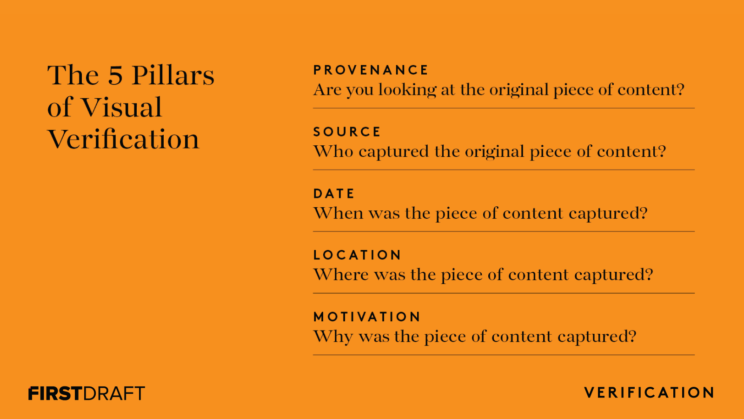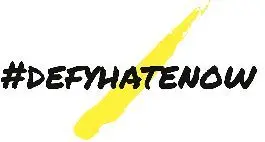Misinformation is rife online and has the potential to travel further, faster and sometimes deeper than the truth.
Chapter two deals with social media use and fact-checking, as even small falsehoods hold the power to hurt people and lead to conflict. Falsehoods can manifest in three main ways: misinformation – sharing incorrect information but not knowing that it is wrong; disinformation – purposefully sharing incorrect information to deceive people; and mal-information – information that might be true or not but is shared solely to inflict harm, either towards an individual or a larger group.

Information verification tools are listed, which all start with questioning everything. Researching the source, reading past the headline, cross-checking and distrusting absolute narratives are some of the tools that help in preventing dis- and misinformation. How to conduct oneself online is also discussed, with users being asked to check their facts and be transparent, clear, fair and respectful.
To download chapter two please click here.

